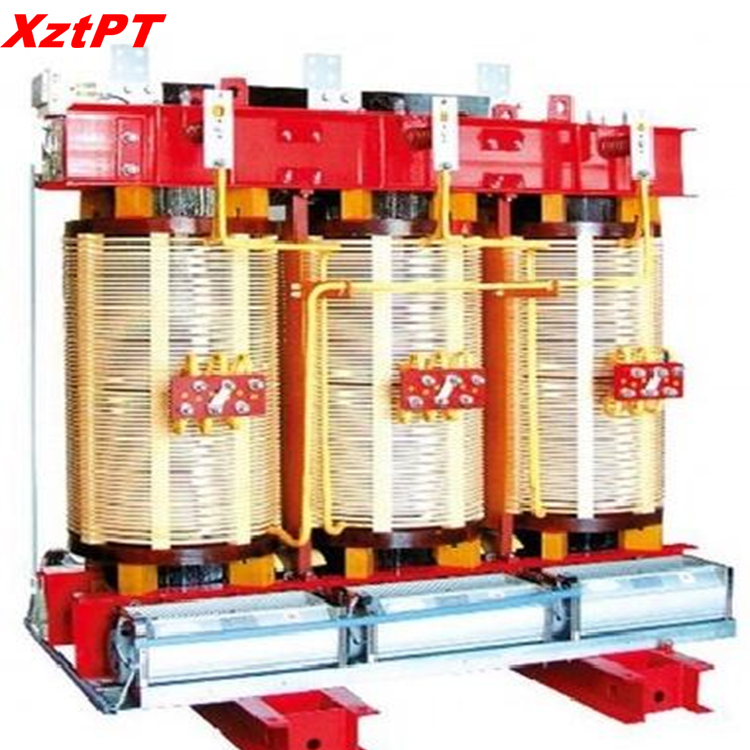English




1、 Preparation before use
Equipment appearance and oil level inspection
Clean the surface dirt of the transformer, check if the oil tank leaks oil, and confirm that the oil level is within the normal range. If the oil level is insufficient, it is necessary to replenish the standard No. 25 transformer oil and empty the air in the oil tank.
Check whether the fastening bolts and joints are loose, and whether the short-circuit rod or cascade rod on the high-voltage bushing is inserted in place (the resistance value between it and the high-voltage tail can be measured with a multimeter to verify).
Environmental and power conditions
Ensure that the testing environment is free of explosive media, chemical deposits, or severe vibrations, and the relative humidity is ≤ 90%.
Verify that the power supply voltage waveform is a sine wave with a frequency of 50Hz and is not affected by external overvoltage interference.
Calibration of instruments and accessories
Check if the supporting equipment such as megohmmeter, voltage regulator, and voltage divider are functioning properly, and calibrate the meter in the operation box
Ensure that the overcurrent relay is functioning properly.
Prepare auxiliary tools such as discharge rods, high-voltage silicon stacks (for DC testing), and temperature probes (for monitoring temperature rise).
2、 Key testing items
Insulation resistance test
Use a 2500V megohmmeter to measure the insulation resistance of each winding to the shell and ground. The absorption ratio (60s/15s value) should meet the standard, and the polarization index (600s/60s) should be ≥ 1.5.
During testing, the untested winding should be grounded to avoid surface leakage current interference.
Voltage withstand test
Power frequency withstand voltage: Apply AC high voltage according to the rated voltage requirements for 1 minute, and observe whether there is discharge or breakdown phenomenon.
DC withstand voltage: Connect a high-voltage silicon stack and a microampere meter in series, steadily increase the voltage to the specified value, record the leakage current and compare it with historical data.
Transformation ratio and no-load/short circuit test
Verify whether the transformation ratio meets the design value by measuring the voltage/current on the high and low voltage sides.
No load test: Apply pressure on the low voltage side, open circuit on the high voltage side, measure the no-load current and loss, and evaluate the performance of the iron core.
Short circuit test: Short circuit the low-voltage side, apply low voltage to the rated current, measure the short-circuit impedance and load loss.
3、 Precautions for safe operation
Grounding and safety distance
The high-voltage tail must be reliably grounded, and the test area must maintain a safe distance (such as ≥ 2m when ≤ 150kV).
Operators need to wear insulated equipment, and after the test, discharge and disconnect the power supply.
Boost control
The boosting speed should be uniform (1-3kV/s), and it is forbidden to directly power on or off at full voltage.
If corona discharge occurs, it is necessary to replenish transformer oil and check the sealing of the conduit.
Exception handling
If an abnormal increase in oil temperature or a sudden drop in insulation resistance is found during the experiment, the test should be stopped immediately and the cause investigated (such as insulation oil deterioration or winding moisture)
SCB11-2500 Dry Type Transformer
